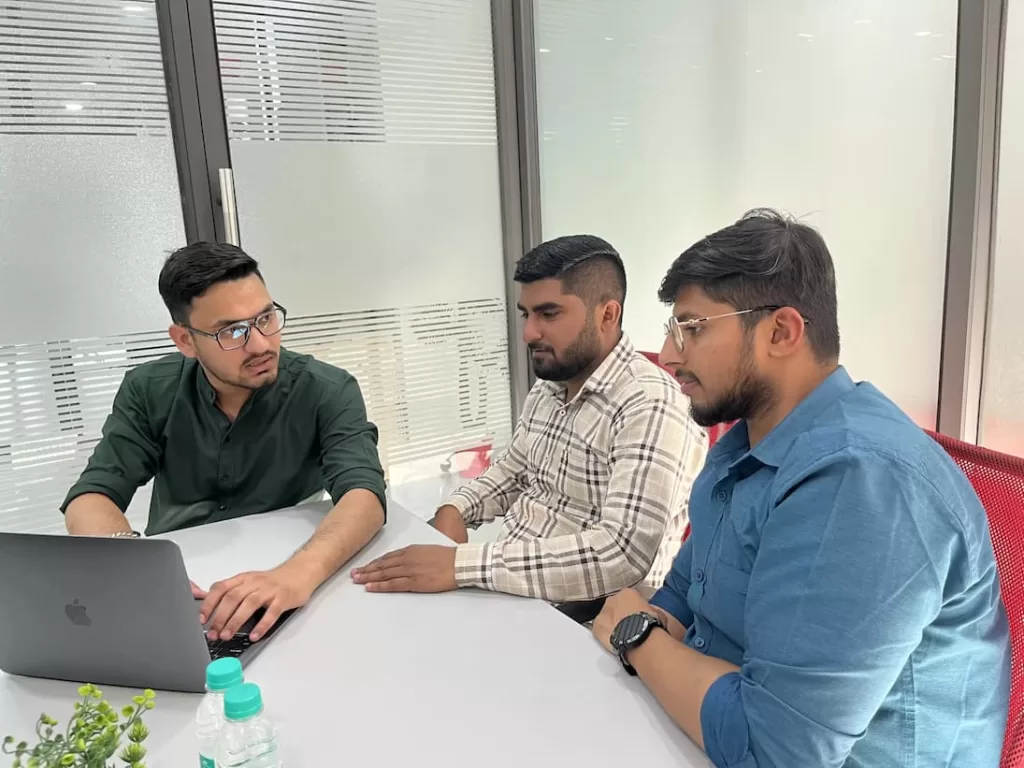POC vs Prototype vs MVP
A quick guide to choosing the right approch for your product idea.
- POC vs Prototype vs MVP: Which One Do You Need?
- What Is a Proof of Concept (POC)?
- What is a Prototype?
- What is a Minimal Viable Product (MVP)?
- Key Differences: POC vs Prototype vs MVP
- When to Use a POC
- When to Build a Prototype
- When You Should Build an MVP
- Which One Do You Need? A Decision-Making Guide
- Final Thoughts: Clarity Builds Confidence
- FAQs
POC vs Prototype vs MVP: Which One Do You Need?
In the fast-paced world of product development, concepts like POC, prototype, and MVP are frequently mentioned, but what do they actually signify? More crucially, which one should your startup or business prioritize first?
If you’re uncertain about where to start Proof of Concept, Prototype, or Minimum Viable Product, you’re not the only one. Each has a distinct function, and picking the wrong one can lead to wasted time, resources, and forward momentum.
Let’s clarify this with straightforward explanations, practical examples, and a decision-making framework that you can genuinely utilize.

What Is a Proof of Concept (POC)?
A Proof of Concept (POC) is the earliest validation of an idea. It’s not about design or user interface. It’s about technical feasibility.
Think of it as:
“Will this idea even work before we invest more time and money?”
It’s typically used to test whether a specific technology, integration, or algorithm is even possible before you invest in full development.
Example: A healthtech startup wants to know if AI can detect early-stage lung cancer from CT scans. They build a proof of concept (POC) with anonymized data to test accuracy before developing the full product.
Best for:
- Deep tech or AI products.
- Startups testing innovation.
- Internal tools exploring automation.
- R&D projects.
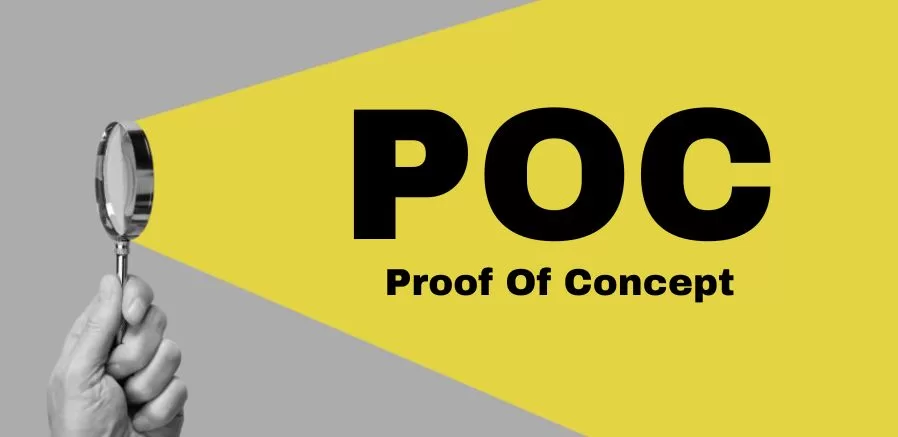
What is a Prototype?
A Prototype is an interactive model of your product, often clickable and semi-functional, used to test the user interface, flow, and design.
Think of it as:
“What will it look and feel like for the user?”
It doesn’t need a backend or real data. Instead, it simulates how users interact with your product idea.
Example: You’re designing a food delivery app. You create a Figma or InVision prototype where users can select restaurants, browse menus, and simulate placing an order.
What it Brings:
- User testing and feedback.
- Validating UX/UI decisions.
- Pitching to investors or stakeholders.
- Early-stage visualizations.
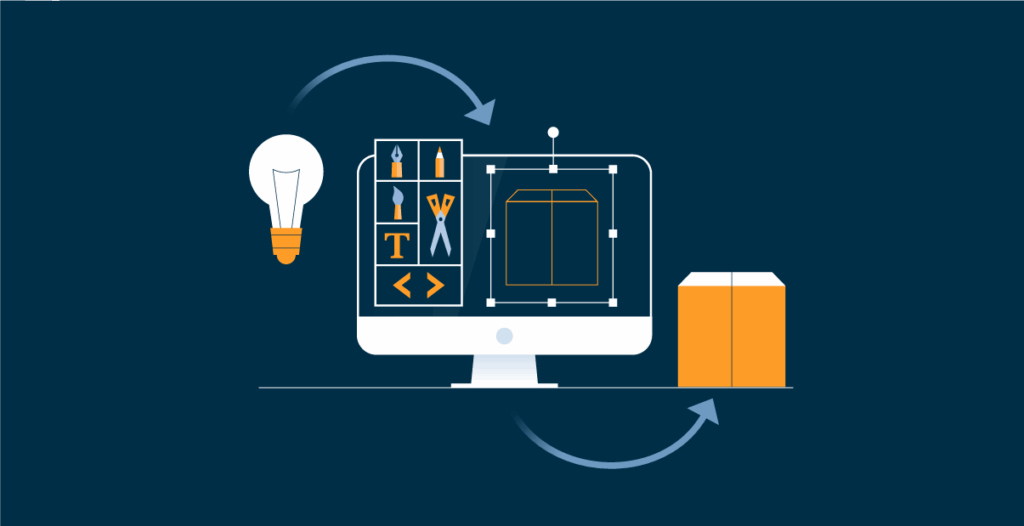
What is a Minimal Viable Product (MVP)?
An MVP (Minimum Viable Product) is the first working version of your product with core features only. It’s real, usable, and often launched to actual users to validate market demand.
Think of it as:
“What’s the simplest version of this product that solves the core problem?”
MVPs are live products, not simulations. The goal is to learn fast from real user behavior and iterate accordingly.
Example: You want to build a marketplace like Airbnb. Instead of a full-featured platform, your MVP lets hosts create listings and guests make basic bookings, which is enough to test your idea in the market.
Best for:
- Launching quickly.
- Gathering user data.
- Raising seed funding.
- Product-market fit validation.
Key Differences: POC vs Prototype vs MVP
| Criteria | POC | Prototype | MVP |
|---|---|---|---|
| Goal | Test feasibility | Test design/usability | Test product-market fit |
| Audience | Internal stakeholders | Designers, users, investors | Real Users |
| Functionality | Minimal (or none) | No real functionality | Fully functional (core features) |
| Speed to Build | Fast (days-weeks) | Moderate (1-3 weeks) | Longer (4-12 weeks, depending on scope) |
| Tools | Code, scripts, APIs | Figma, InVision, Adobe XD | Full tech stack (frontend/backend) |
| Time & Cost | Low | Medium | High (relative to others) |
| When to Use | At the idea stage | Before development | When entering the market |
| Outcome | Yes/No on feasibility | UX feedback | Market validation |
When to Use a POC
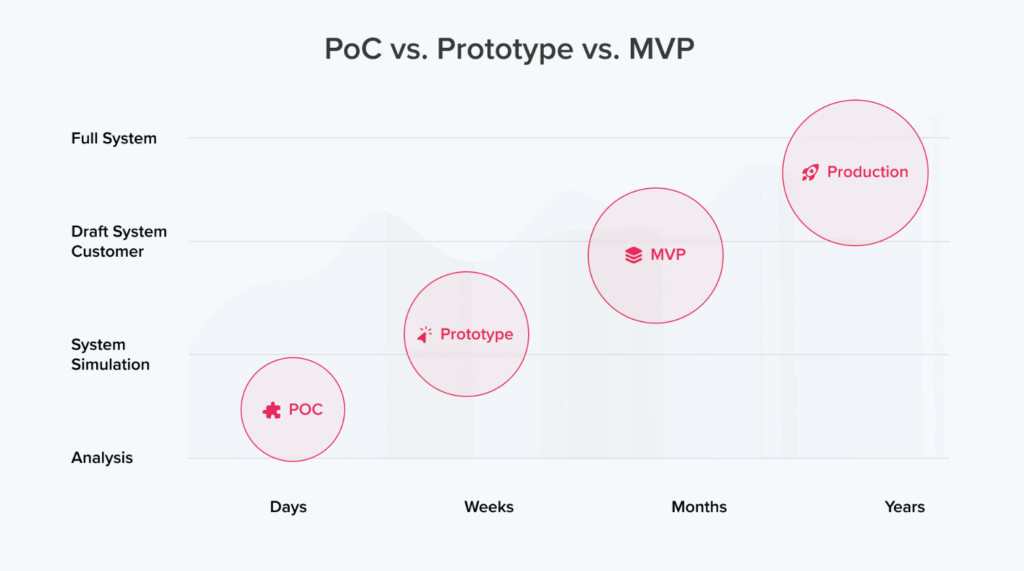
Use a POC when:
- You’re building with untested or emerging technologies (AI, blockchain, hardware integration).
- You’re not sure if an integration will technically work.
- You need to justify further investment to stakeholders.
💡 Pro Tip
Avoid overcomplicating your proof of concept. It should be small, focused, and built to answer one specific technical question.
When to Build a Prototype
Use a Prototype when:
- You want early feedback on your product’s design.
- You’re preparing a pitch deck for investors.
- Your development team needs clarity on user flow.
- You want to reduce rework before development starts.
💡 Pro Tip
Prototypes are ideal for A/B testing different UX options without writing production code.
When You Should Build an MVP
Use an MVP when:
- You’re ready to enter the market.
- You want to validate assumptions with real users.
- You need traction to raise funding or attract early adopters.
- Your team has completed POC/prototype phases and is confident about execution.
💡 Pro Tip
Don’t try to squeeze every feature into your MVP. Focus on solving one core problem incredibly well.
Unsure Where to Start?
Whether it’s a POC, a prototype, or an MVP, we’ll help you choose what fits best.
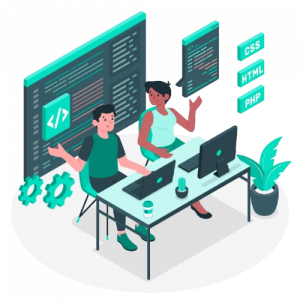
Which One Do You Need? A Decision-Making Guide
Ask yourself the following:
| Question | If YES → Choose |
|---|---|
| Is your idea technically risky or unproven? | POC |
| Do you need to test UX, flow, or investor interest? | Prototype |
| Are you targeting early users or a public launch? | MVP |
| Want to validate feasibility before investing heavily? | POC |
| Need user feedback on design choices? | Prototype |
| Is time-to-market your top priority? | MVP |
Real-World Tip:
At Tech Formation, we often guide clients through a POC → Prototype → MVP pipeline. You don’t always need all three, but using them in the right order maximizes your chances of building a successful product.
Final Thoughts
Choosing between a POC, prototype, or MVP isn’t just a technical decision, it’s a strategic one. Each serves a distinct purpose in your product’s lifecycle.
- You’re validating feasibility, start with a POC.
- You’re refining design and testing user flow, build a prototype.
- You’re ready to launch and learn from real users, develop an MVP.
No matter where you are in your product journey, the key is to validate early, build smart, and scale confidently.

Not Sure What’s Next?
From first sketch to first users, we help you take the right path.

FAQs:
Typically, it goes in this order: POC → Prototype → MVP. However, it depends on the maturity and risk level of your idea.
No. If your product idea isn’t technically complex, you can skip the POC and move straight to a prototype or MVP.
It varies by scope, tech stack, and features. A basic MVP can range from $15,000-$50,000+, depending on complexity.
Yes, but it’s not recommended. A prototype helps reduce rework by validating design and user flow early on.
Need Expert Help with Your Project?
Whether you’re expanding your team or outsourcing entirely, Tech Formation is here to deliver scalable, high-quality solutions.

Let’s Connect and Create Something Remarkable

